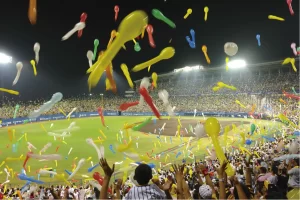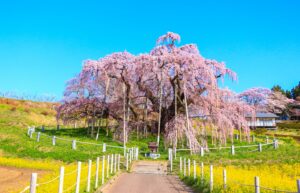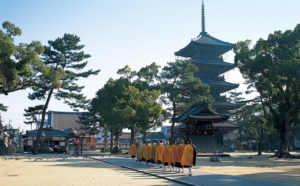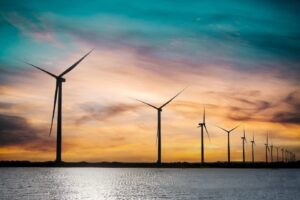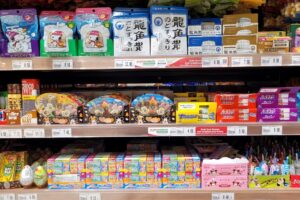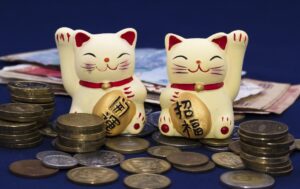Japan’s Expressways are the Most Expensive in the World
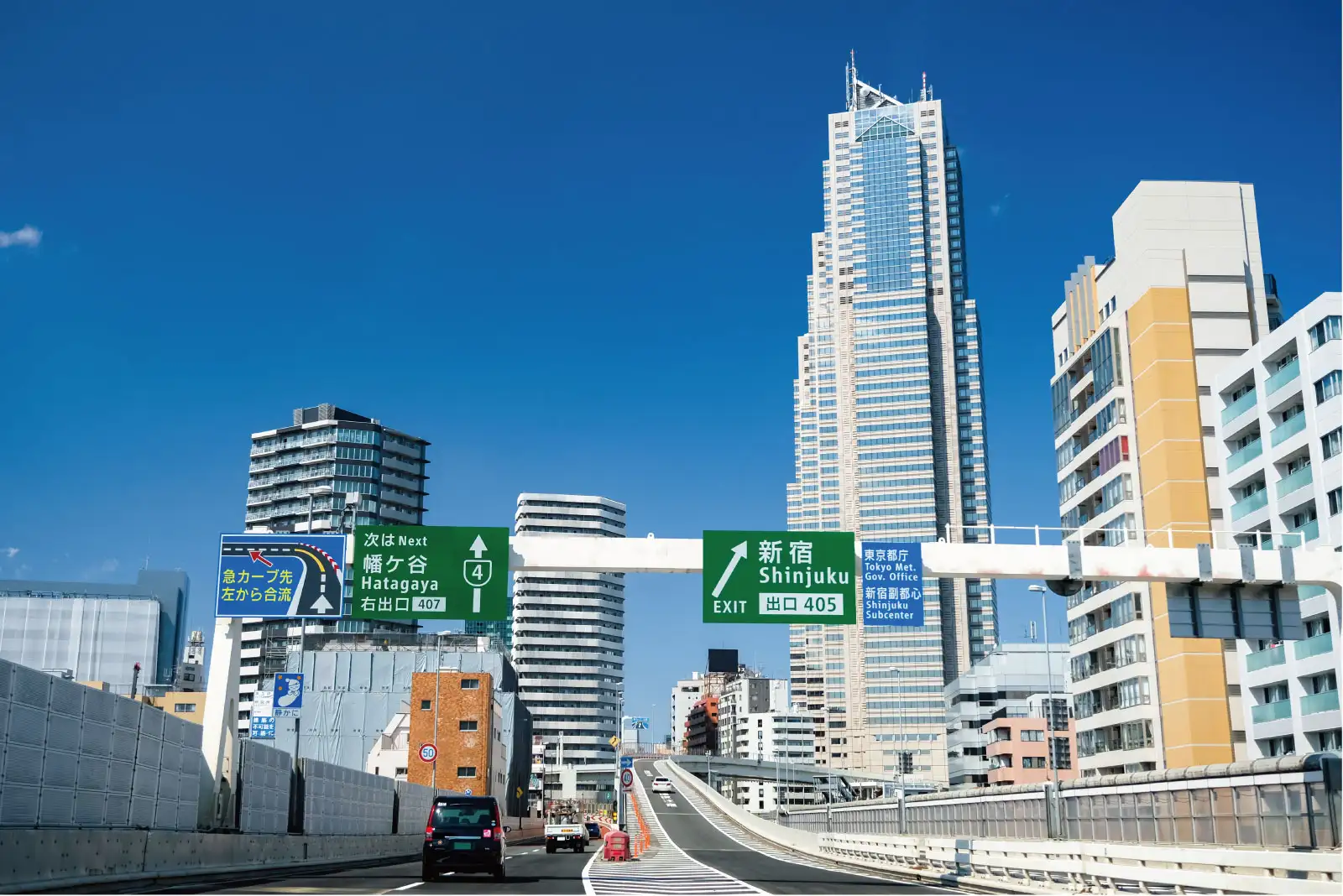
Compared to Europe and the United States, expressway tolls in Japan are not only double or triple the level of those in Europe and the United States, but when it comes to long distances, they are extremely expensive, five to ten times higher than in Europe and the United States. This is pretty high even by global standards, and unknowing travelers are surprised at how expensive they are!
More than a dollar per kilometer

The toll for an expressway is about 20 to 30 yen ($2 to $3) per kilometer for a standard car. However, tolls on expressways in major cities, such as the Metropolitan Expressway, can be over 100 yen ($1) per kilometer. The most expensive expressway is the 1.4km Nagoya Daini Kanjo Expressway which costs 510 yen ($4.47), and the 5.6km Nagoya Expressway, which costs 780 yen ($6.84), for a total of 1290 yen ($11.31) for 7km!
The cost of construction is covered by tolls
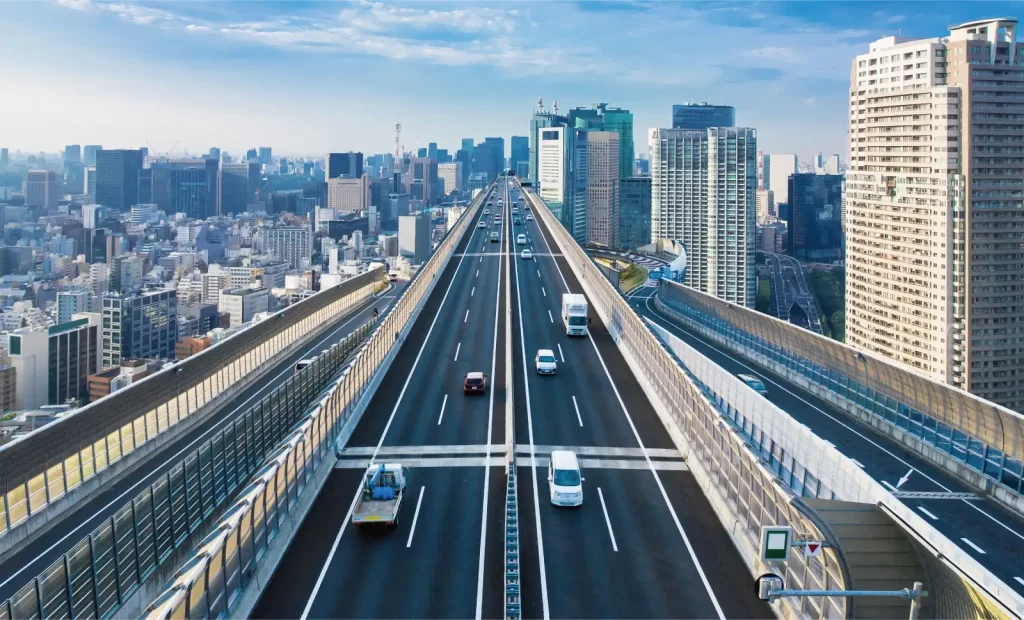
Japan’s expressways are built on the premise that they will eventually become free. The tolls paid by users cover the cost of building, managing, and maintaining the roads. However, in 2014, it was decided to extend the toll period for expressways from 2050 to 2065, a maximum of 15 years. This means that the freeway will be free of charge in 50 years at the earliest.
As the roads age, they will need to be reinforced or rebuilt, so maintenance costs will be incurred permanently. In other words, it has been pointed out that this system in Japan is so failed that it will not be able to be repaid unless it is funded by taxes, as in other countries.
High construction costs
Japan’s environment and small land area make it difficult to build highways. This is one of the reasons why construction costs are higher than in other countries.
Many tunnels and bridges
Tunnels and bridges are 5 to 10 times more expensive to build than regular roads. Incidentally, bridges and tunnels account for nearly 40% of all expressways in Japan, while they account for about 7% in the U.S.
Strict earthquake resistance standards
Japan is a very earthquake-prone country. Although it varies from place to place, the general average design horizontal force is 2.5 times higher in Japan than in the US. Piers must also be thicker than in other countries.
Measures against soft ground and water damage
Ground improvement and large foundations are required. Depending on the construction, more than half of the work may be foundation work. Flood control measures are also essential, so more bridges are needed.
It snows in winter
About 60% of Japan’s land area is snow-covered and cold. Therefore, measures against snow accumulation are necessary, and construction costs are relatively high in winter.
Use the ETC!
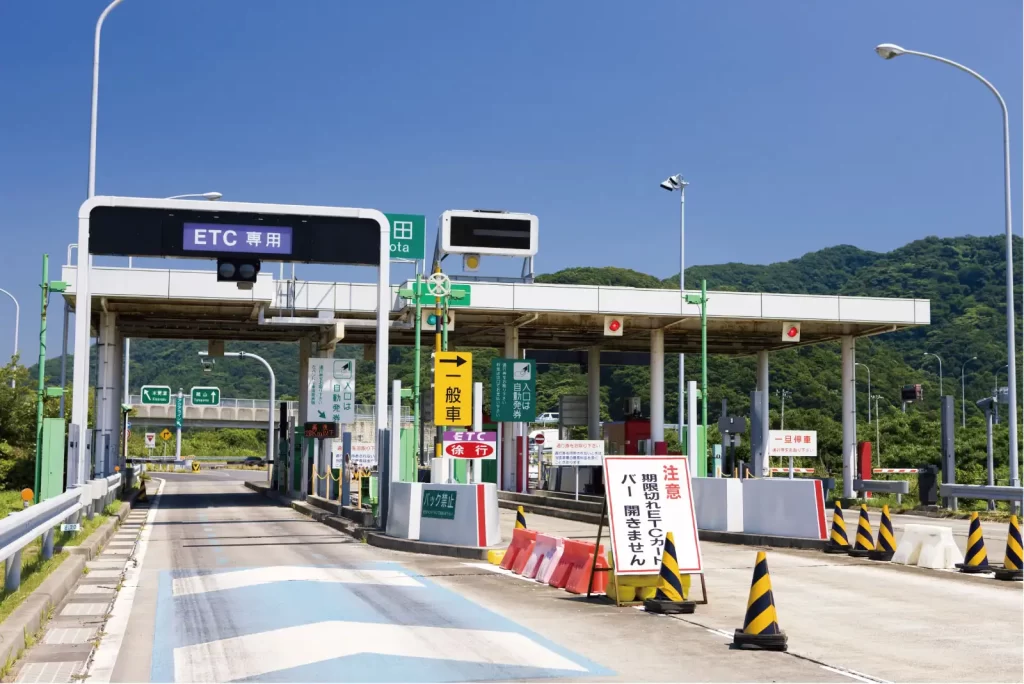
As for fees other than expressways, I have the impression that parking fees are cheaper than in New York or London, although they are quite high in urban areas such as Tokyo. In addition, gasoline and diesel fuel are often cheaper in Japan than in Europe and the United States. Against this situation, the high cost of expressways is noticeable. In particular, if you do not use ETC (Electronic Toll Collection), you will not get a discount on the toll and you will have to pay a very high price.
If you are traveling in Japan by car, make sure you have an ETC card!



